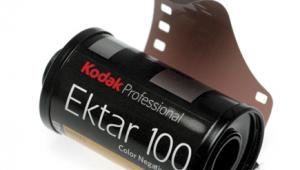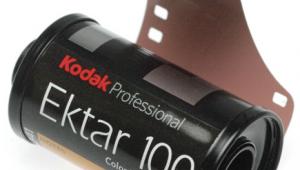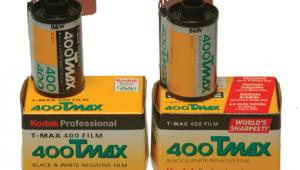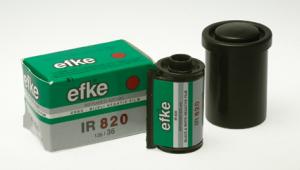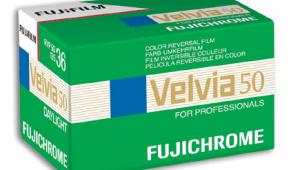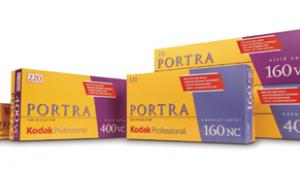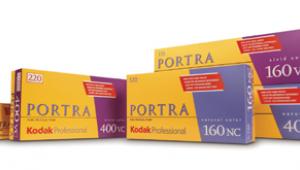Kodak’s Ektar 100: 35mm Roll Film; A New Color Negative Film From Kodak
Kodak’s new Ektar 100 is a film of unparalleled fine grain, very high sharpness, and excellent color rendition. It is even finer grained than Ektar 25 of beloved memory, despite being two stops faster. You get a first-class physical storage medium, with no need to worry about media incompatibility or obsolescence and far less worry about media degradation.
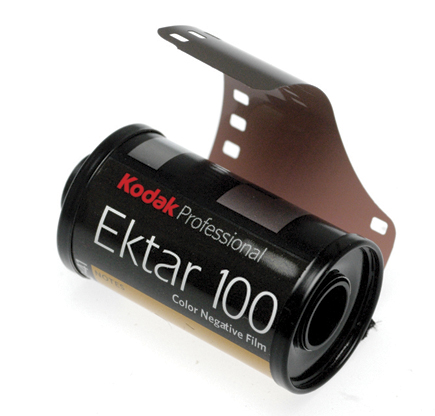 |
Although there are not as many C-41 labs around as there were, there are still plenty: certainly, far more than there are E6 (slide) labs and vastly more than there are Kodachrome labs. Finally, you get the unique look of film. Don’t let anyone tell you that film and digital are interchangeable. Whether the difference is important to you, or whether it matters in a particular shot, is another matter; but there is a difference.
What is the price? Purely financially, it’s modest enough: not bargain-basement, but equally, not “boutique” (or silly). A higher price, perhaps, is the low, fixed ISO speed, when you are used to cranking up your digicam to ISO 1000 and beyond. And another price is reloading every 36 frames with a single-use medium. Only you can decide whether these prices are worth paying. But if you haven’t used film for a while, and you have a film camera (or cameras) lying around, Ektar 100 has to make it worth digging it/them out. If you currently use film, the only reason not to try Ektar 100 is because you are completely wedded to black and white.
Of course it matters whether you scan, wet print at home, or use a minilab, and (of course) for the best results you need to keep as much as possible under your own control. We have to confess that we no longer wet print color (black and white is another matter) but we do scan; so this is the route we took, with the now-discontinued Konica Minolta DiMAGE Scan Elite 5400 II, a dedicated 35mm scanner whose only defect is its ridiculously long name. By way of experiment (mainly for color balance) we also tried an Epson flat-bed.
 |
|
|
As long as we exposed the negatives correctly, we were mightily impressed. Straight off the scanner, the colors were remarkably convincing. By “convincing” we mean “as we remembered them.” There is no such thing as “true” color, after all: the colors in a photograph are not the original, but reconstructions of the original, using dyes. It is easy to forget this.
Colors were rich and saturated without being overly contrasty, and without rendering complexions (even ruddy ones like mine) as a pound of liver on the butcher’s slab. This is always a difficult balancing act, and Ektar 100 carries it off at least as well as any other film (or indeed digital camera setting) that we have ever seen.
While we are on the topic of comparisons with digital, we were especially impressed by the film’s ability to cope with different light sources. When you are used to the uncanny ability of digital cameras to adapt to almost anything in the way of color of light, it is easy to forget how much time we used to spend with filters to obtain precise color balance; and surely we all remember those stickers that the labs put on prints, saying prissily, “The color of this print is too yellow because this was shot under the wrong kind of lighting.”
 |
|
|
Actually, we prefer it if a picture carries the “signature” of the light under which it was taken, provided you can still see the colors clearly; we find this much preferable to a bland uniformity, leavened (if you rely on auto white balance) by the occasional totally unpredictable color cast. Ektar 100 is brilliant at color balance. It retains mood and signature without delivering nasty colors or distinguishing too wildly between light of different colors.
Grain has already been mentioned, and sharpness is excellent. It is entirely possible that they could have made the film even sharper, at the expense of slightly coarser grain, but this is essentially a marketing decision. Customers (and still more, marketing departments) like a nice simple slogan such as “World’s Finest Grain” and distressingly many are unaware that maximum sharpness and the finest possible grain are not only different things, but incompatible.
- Log in or register to post comments




